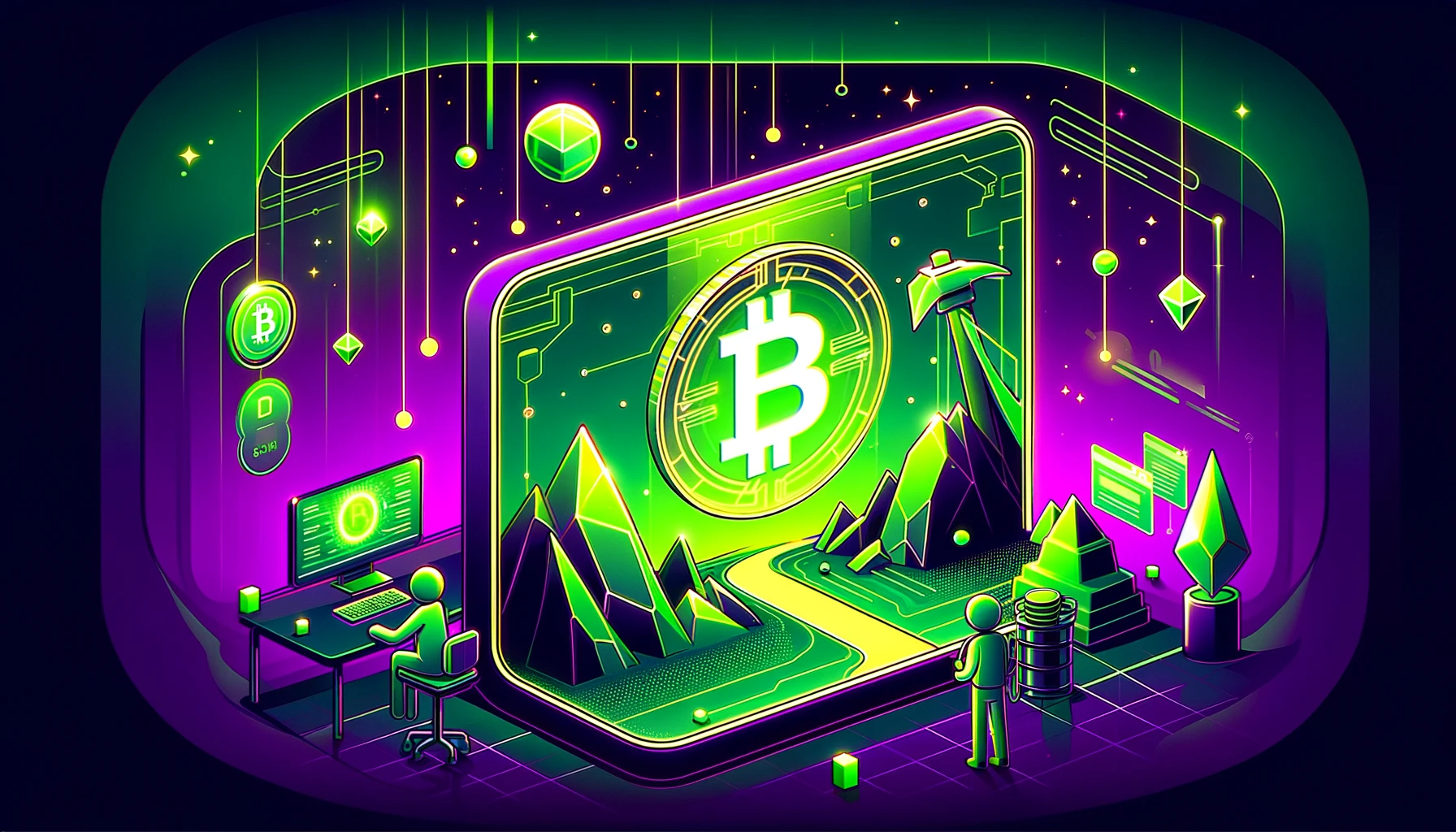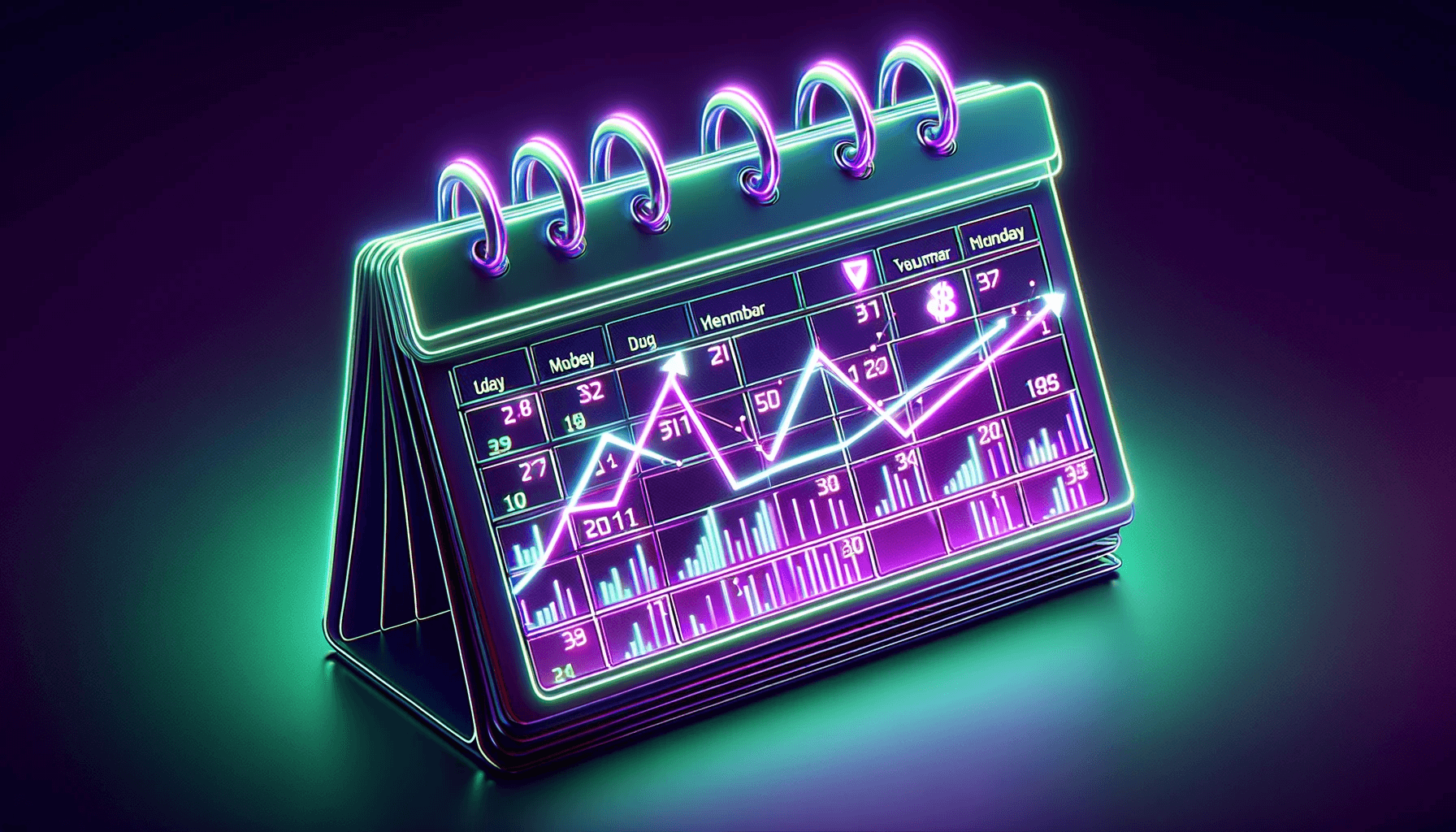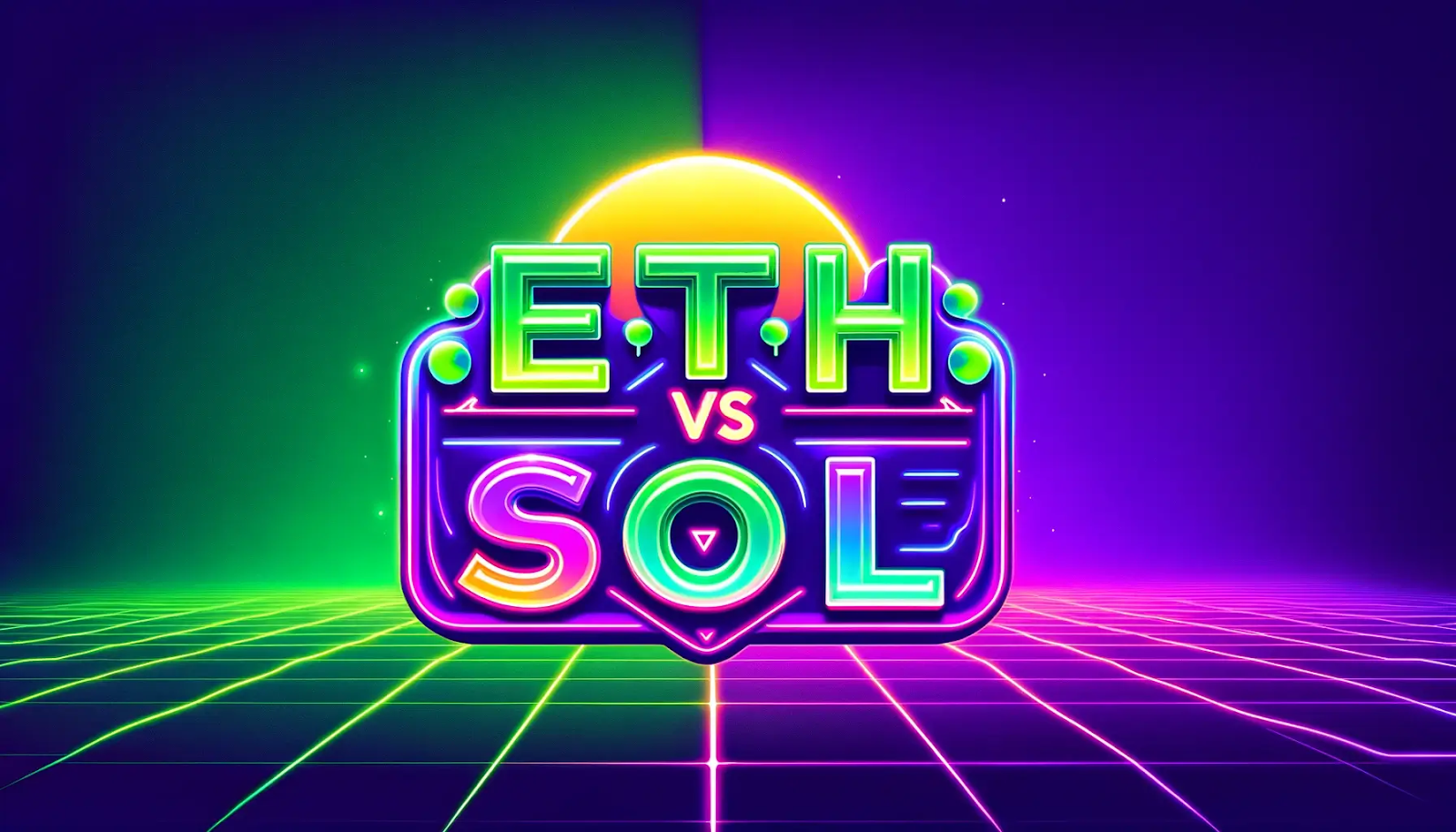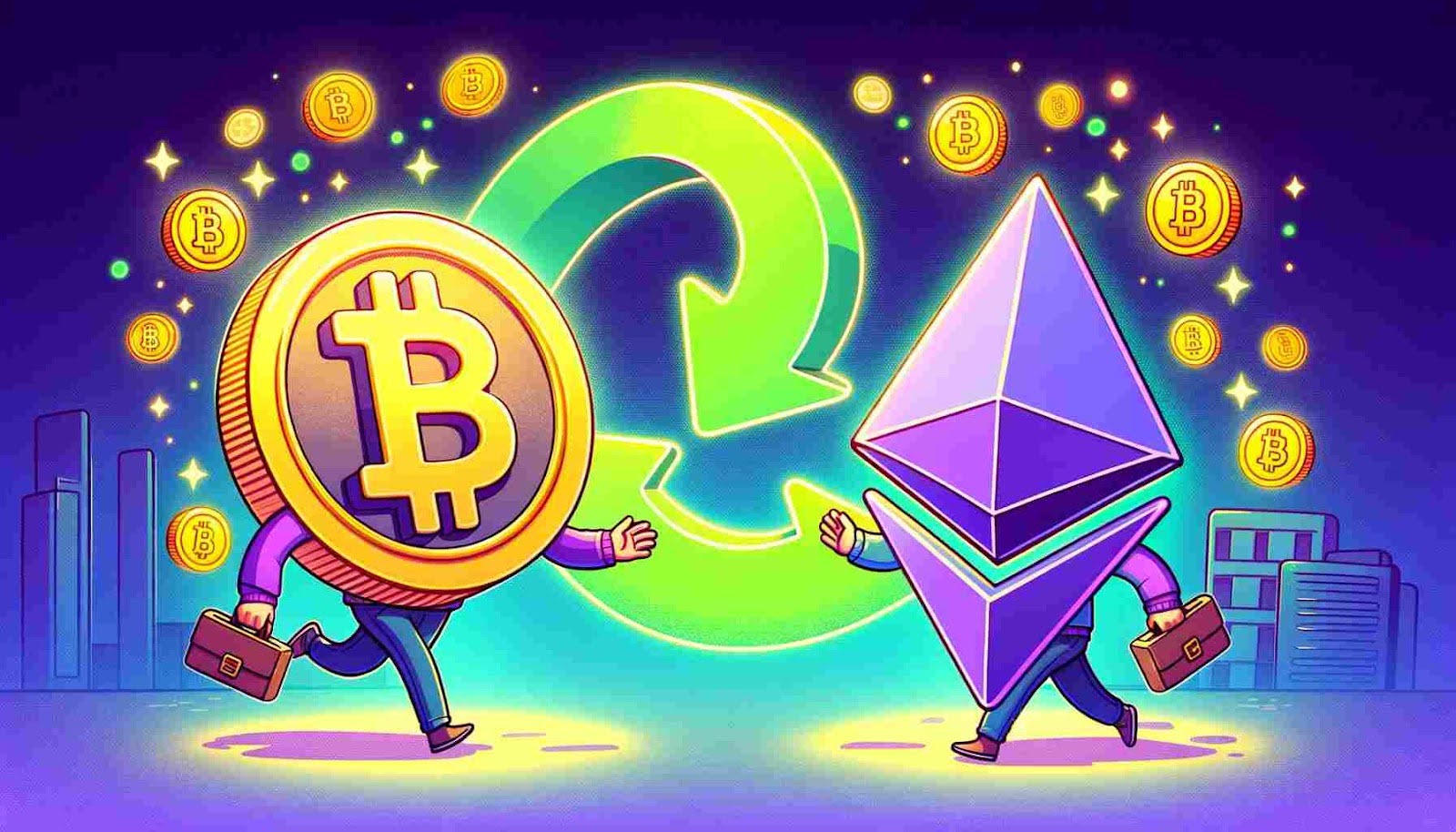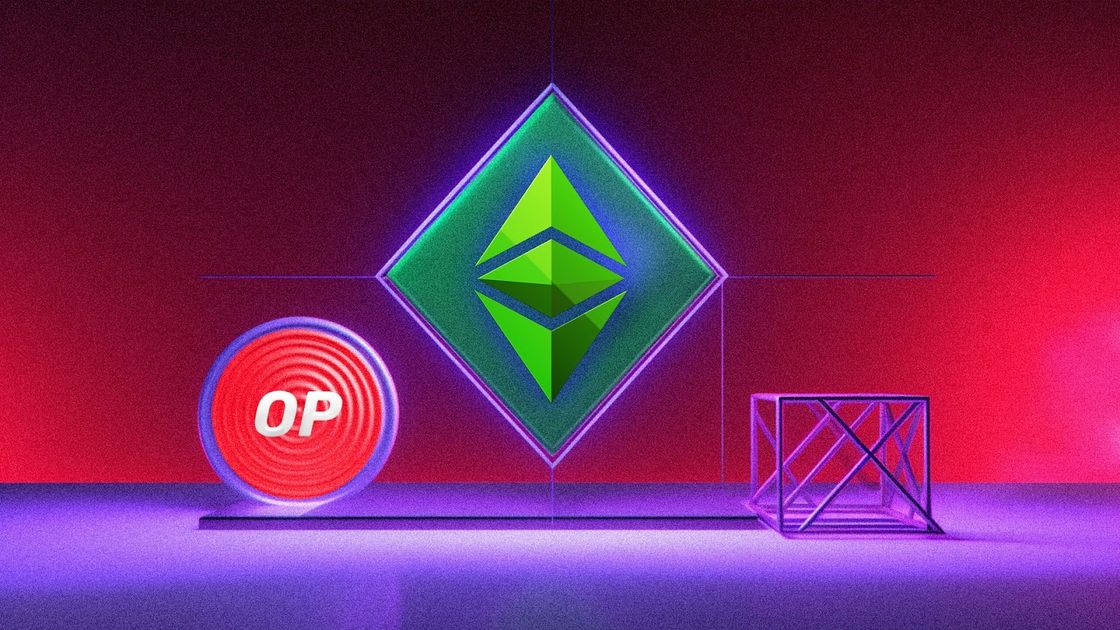
What is Solana (SOL)? Well…Solana emerges as a cutting-edge, third-generation blockchain platform, dedicated to delivering a swift, reliable, and scalable foundation for decentralised applications.
This article serves as a beginner's guide into answering what is Solana, unravelling its core principles and operational intricacies.
TABLE OF CONTENTS
What is Solana
- Proof-of-History Concept
- Expansion
How Does Solana Work
What Makes Solana Unique
Solana vs. Ethereum
What is Solana - Conclusion
What is Solana - FAQ
What is Solana
Solana, crafted by Anatoly Yakovenko in 2017, is an open-source blockchain platform. Its main goal is to make blockchain technology faster and more scalable, outperforming other popular blockchains while keeping costs down.
Solana achieves this by using a special mix of techniques that allows it to handle over 710,000 transactions per second, without needing extra solutions to scale up.
Crafted with the intention of enabling the development of smart contracts and decentralised applications (dApps), Solana's blockchain architecture stands out as a leading launchpad for building decentralised finance (DeFi) platforms and marketplaces for non-fungible tokens (NFTs).
The inception of the Solana blockchain dates back to the surge in initial coin offerings (ICOs) in 2017, and it saw its official launch in 2020 following several testnet releases.
Unlike Ethereum - which uses multiple layers to scale - Solana opts for a simpler approach. It strives to create a scalable blockchain network with just one layer. The idea is to rely on a smaller group of powerful and fast computers to manage the network and handle the large amount of data it produces.
Solana's own cryptocurrency is called SOL. It's used for transferring value and making the blockchain secure through a process called staking. SOL was launched in March 2020 and has quickly become one of the top 10 cryptocurrencies by market value.
Proof-of-History Concept
In November 2017, Yakovenko released a white paper introducing the concept of proof-of-history (PoH). PoH is a mechanism that enables blockchain consensus by validating the time intervals between events, encoding the progression of time directly into the ledger.
In the whitepaper, Yakovenko pointed out that back then, the blockchains available didn't use time consistently. Instead, each node operated on its own clock without knowing what time other nodes thought it was.
Without a trusted source of time, like a standard clock, using message timestamps to accept or reject a message didn't guarantee that everyone in the network would agree on the decision.
Expansion
Back in 2018, Yakovenko brought together a team of five individuals to initiate a project initially named Loom. Due to concerns about potential confusion with another Ethereum-based project sharing a similar name, they decided to rebrand and settled on the name "Solana."
This choice was inspired by a small beach town near San Diego, where the co-founders had lived previously.
By June 2018, the initiative had expanded to operate on cloud-based networks, and within a month, the company released a public test net capable of accommodating bursts of 250,000 transactions per second (TPS).
After the expansion to cloud-based networks and the successful launch of a public test net supporting bursts of 250,000 TPS, Solana achieved a remarkable milestone by December 12, 2023, processing over 253 billion transactions at an average cost of $0.00025 per transaction.
How Does Solana Work
To grasp how Solana operates, let's explore its unique way of making decisions - mainly through proof of history and proof of stake.
Essentially, Solana uses proof of history like a digital clock to keep track of events happening on the network. It gives each transaction a timestamp using a simple data structure.
Proof of history, combined with proof of stake, helps Solana reach agreements, making sure the network stays secure, functions properly, and validates transactions.
Every node within the Solana network comes equipped with these cryptographic clocks, enabling the seamless tracking of events without the necessity to wait for other validators to confirm transactions. This aspect plays a pivotal role in boosting Solana's impressive throughput and rapid block creation times.
What Makes Solana Unique
A key element contributing to Solana's attractiveness lies in its emphasis on user experience (UX), specifically in its approach to alleviating prevalent challenges encountered in the adoption of blockchain and cryptocurrency.
Solana distinguishes itself through a distinctive approach to scalability, achieving impressive throughput without leaning on Layer 2 solutions. Unlike conventional decentralised blockchains where managing a growing number of transactions can lead to slower performance due to timing discrepancies among nodes, Solana tackles this challenge uniquely.
Employing a Proof of Stake (PoS) mechanism, it designates a singular "leader node" tasked with orchestrating and sequencing transactions across different nodes. This innovative method streamlines the process, alleviating the overall network load and facilitating swifter transactions.
While boasting numerous advantages, Solana is not exempt from challenges. There remains a susceptibility towards centralization, primarily stemming from the considerable computing resources necessary to qualify as a Solana validator.
Solana vs. Ethereum
As Solana's ecosystem rapidly grows and displays its versatility, it naturally sparks comparisons with Ethereum, the foremost blockchain for decentralised applications (dApps).
-
Smart contracts: Both Solana and Ethereum possess the essential smart contract capabilities vital for running advanced applications such as DeFi and NFTs.
-
Consensus: Solana and Ethereum utilise a proof-of-stake (PoS) consensus mechanism, where validators stake cryptocurrency for earning rewards and supporting the blockchain. Solana stands out by integrating proof-of-history (PoH) into its PoS approach.
-
Speed: In 2021, Solana stood out for surpassing Ethereum in transaction speed and cost efficiency. By December 12, 2023, Solana processed over 2,700 transactions per second at an average cost of $0.00025. In contrast, Ethereum managed fewer than 15 transactions per second with an average fee of approximately $2.62.
What is Solana - Conclusion
Solana emerges as a beacon of innovation in the blockchain landscape, offering unparalleled speed, scalability, and cost efficiency. As we've explored what Solana is, it becomes evident that its unique features and robust infrastructure position it as a formidable player in the decentralised future.
The journey of understanding what Solana is has uncovered a platform that not only addresses current challenges but also sets new benchmarks for performance. Now, it's your turn to explore the limitless possibilities of Solana.
Dive into the world of decentralised excellence and witness firsthand what Solana can bring to the forefront of your digital endeavours. Seize the opportunity to be part of the next chapter in blockchain technology by discovering what Solana holds for you!
What is Solana - FAQ
What is Solana crypto used for?
Solana, a crypto computing platform, prioritises rapid transactions without compromising decentralisation. Employing novel approaches like the "proof of history" mechanism, Solana's native cryptocurrency, SOL, is integral for transaction fees and staking.
Is Solana better than Ethereum?
Crafted with distinctive architecture and pioneering technologies, Solana is engineered to efficiently process a substantial volume of transactions at a speed surpassing that of Ethereum.
Why is Solana so popular?
Solana's popularity arises from its ability to efficiently handle a significant volume of transactions at lightning speed, coupled with minimal fees.
Does Solana have a future?
Numerous cryptocurrency analysts foresee significant and sustained growth for Solana in the years ahead, extending into 2024 and beyond. There is a prevailing sentiment that Solana might even retest the highs it reached in 2021, presenting an intriguing challenge in the foreseeable future.
Can Solana replace Ethereum?
Nevertheless, despite its promising potential, Solana is less poised than Ethereum to become the primary host for global cryptocurrency transactions by 2030. Despite its ability to achieve higher throughput, the Solana blockchain currently lacks the widespread adoption momentum observed among most cryptocurrency users and developers.
Want More Cutting-Edge Crypto News?
Follow Us: X TikTok Instagram Telegram LinkedIn
Sign up for our newsletter at the bottom of the page
Check Out Our Top 10 Crypto Currencies of 2024
This article is intended for educational purposes and is not financial advice.



